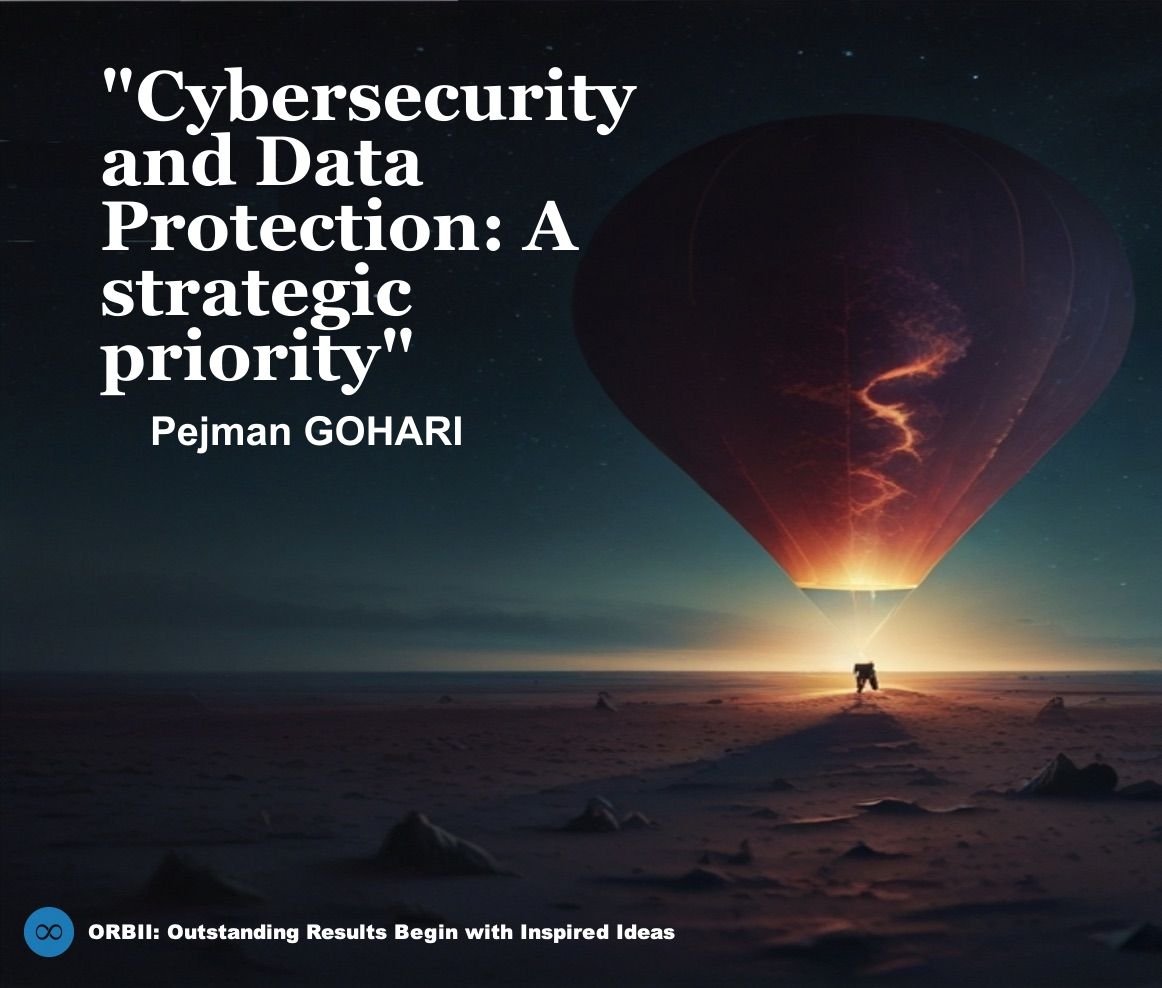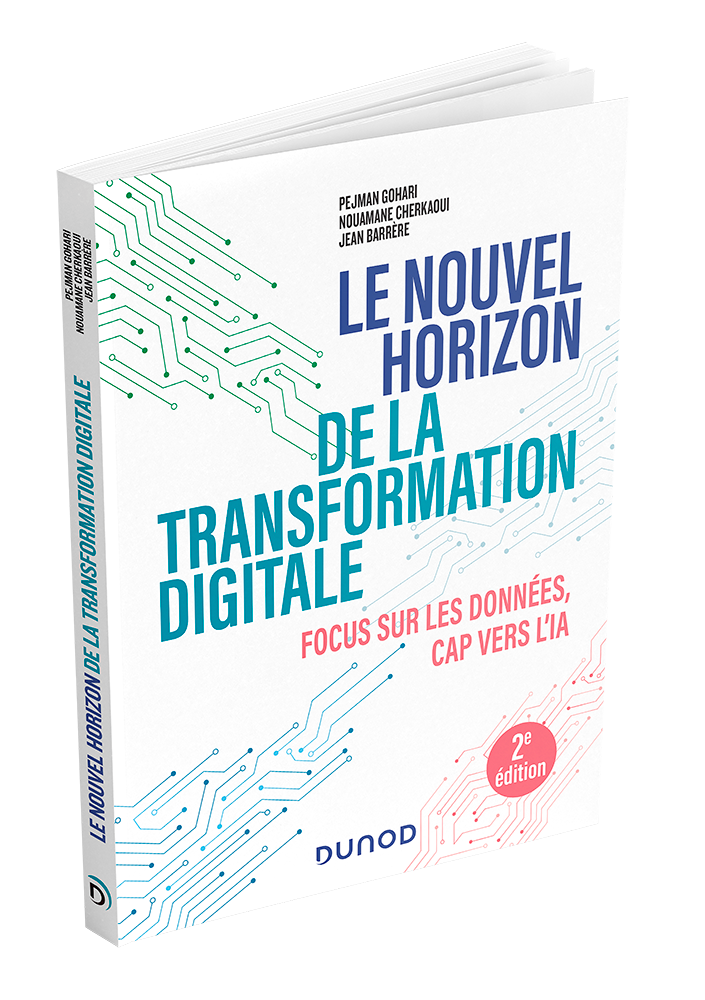Cybersecurity and Data Protection: A strategic priority
Cybersecurity and Data Protection: A Strategic Priority in the Age of Digital Transformation
As organizations continue to accelerate their digital transformation efforts, cybersecurity and data protection have become critical pillars in ensuring business continuity and safeguarding sensitive information. With the increasing complexity of cyber threats and the growing regulatory landscape, CXOs are under immense pressure to build a resilient cybersecurity infrastructure that not only defends against external attacks but also ensures the integrity, confidentiality, and availability of data.
This point focuses on how cybersecurity has evolved in the context of digital transformation, the rise of Zero Trust architectures, and the emerging role of AI and automation in enhancing data protection strategies. It also explores how CXOs can adopt proactive approaches to cybersecurity, addressing both technological and organizational challenges to protect their companies in an ever-connected and data-driven world.
The Cybersecurity Landscape: An Evolving Threat
In the digital era, cyber threats have become more sophisticated, with attackers leveraging advanced techniques such as phishing, ransomware, supply chain attacks, and social engineering to infiltrate organizations. The attack surface has expanded significantly due to the proliferation of cloud services, remote work, IoT devices, and mobile technologies, making traditional perimeter-based defenses inadequate.
The stakes have never been higher: a cyberattack can result in financial losses, operational disruptions, reputational damage, and in some cases, the collapse of a business. Regulatory pressures have added another layer of complexity, with stringent rules around data protection and privacy, such as GDPR, CCPA, and HIPAA, requiring organizations to adopt robust security measures or face severe penalties.
For CXOs, cybersecurity is no longer a concern limited to the IT department. It is a strategic priority that needs to be integrated into every aspect of the business, from governance and risk management to innovation and customer trust.
Zero Trust Architecture: The New Security Paradigm
One of the most significant shifts in cybersecurity thinking is the adoption of the Zero Trust model, which challenges the traditional approach of securing the network perimeter. In a Zero Trust architecture, the assumption is that threats can come from both inside and outside the organization, and therefore no user, device, or system should be trusted by default, even if they are inside the network.
The core principles of Zero Trust include:
-
Verify every access attempt: Every request to access data, systems, or applications must be authenticated, authorized, and encrypted, regardless of where the request originates. Multi-factor authentication (MFA) and strong identity verification methods are essential components of this strategy.
-
Least privilege access: Users and devices should only have access to the data and resources necessary for their role, and access should be limited based on the principle of least privilege. This minimizes the attack surface and reduces the risk of insider threats or accidental data exposure.
-
Micro-segmentation: This involves breaking down the network into smaller zones and enforcing granular security policies. Even if attackers manage to infiltrate one zone, micro-segmentation prevents them from moving laterally across the network, reducing the potential impact of a breach.
-
Continuous monitoring and analytics: Zero Trust requires continuous visibility into all activities, including user behavior, device health, and network traffic. Advanced analytics powered by AI can detect abnormal behavior in real time, providing early warning signs of potential threats and enabling rapid response.
CXOs who adopt the Zero Trust model will not only protect their organization from the evolving threat landscape but also position themselves to meet compliance requirements more effectively. As data flows across multiple platforms, partners, and environments, Zero Trust helps ensure that security remains consistent and comprehensive, regardless of where the data resides.
AI and Automation: Enhancing Cybersecurity Capabilities
Artificial intelligence and machine learning are transforming the way organizations detect, respond to, and prevent cyber threats. These technologies can process vast amounts of data in real time, identify patterns, and recognize anomalies that would be impossible for humans to detect manually. By automating critical security processes, AI enhances the speed, accuracy, and effectiveness of an organization’s cybersecurity defenses.
-
Threat Detection and Response
AI-powered systems can analyze network traffic, endpoint activity, and user behavior to detect anomalies that may indicate a cyberattack. These systems use machine learning algorithms to learn from past attacks and continuously improve their ability to detect new threats. When a potential threat is identified, AI can trigger an automated response, such as isolating affected systems, blocking suspicious traffic, or alerting security teams.For example, in the case of a ransomware attack, AI-driven systems can detect unusual file encryption activities in real time and immediately quarantine the infected system, preventing the spread of ransomware across the network. This proactive response can save organizations from significant financial losses and operational disruptions.
-
Predictive Analytics for Risk Management
AI can help CXOs take a more proactive approach to risk management by leveraging predictive analytics. By analyzing historical data on cyberattacks, AI can predict which systems or data assets are most likely to be targeted, enabling organizations to prioritize their security efforts and allocate resources more effectively. This approach shifts the focus from reacting to breaches to anticipating and preventing them.Additionally, AI can provide insights into vulnerabilities in systems and applications, allowing organizations to address security weaknesses before they are exploited by attackers. This is particularly useful for patch management, where timely updates can prevent known vulnerabilities from being used as entry points by cybercriminals.
-
Security Automation for Incident Response
In the event of a security incident, AI can automate many of the routine tasks that security teams typically handle, such as analyzing logs, identifying the scope of an attack, and gathering evidence for forensic analysis. By automating these tasks, AI reduces the time required to respond to an attack, enabling faster containment and mitigation of potential damage.Security automation also allows organizations to scale their cybersecurity efforts without needing to significantly expand their security teams. This is especially important in the face of a global talent shortage in cybersecurity, where qualified professionals are in high demand but short supply.
Addressing the Human Element: Training and Awareness
While AI and automation are essential tools for enhancing cybersecurity, the human element remains a critical factor. A significant portion of cyberattacks exploit human error, such as phishing scams, weak passwords, or accidental data leaks. For CXOs, investing in employee training and fostering a security-first culture are vital components of a comprehensive cybersecurity strategy.
-
Security Awareness Programs: CXOs should implement ongoing training programs that educate employees about the latest cyber threats and best practices for maintaining data security. Topics such as recognizing phishing emails, creating strong passwords, and reporting suspicious activity should be covered regularly.
-
Simulated Phishing Attacks: Conducting simulated phishing exercises can help employees develop the skills to recognize phishing attempts and other social engineering tactics. By testing employees’ responses to these simulations, organizations can identify areas where additional training is needed and reduce the likelihood of a successful attack.
-
Security Champions: Appointing security champions within each department can reinforce the importance of cybersecurity across the organization. These individuals act as liaisons between the security team and their respective departments, helping to spread awareness, address concerns, and promote secure behaviors.
Compliance and Regulatory Challenges
As data protection regulations become more stringent, ensuring compliance is a critical aspect of any cybersecurity strategy. Regulations like GDPR and CCPA require organizations to implement strict measures for protecting personal data, including data encryption, access controls, and breach notification protocols. Non-compliance can result in significant financial penalties, legal action, and reputational damage.
For CXOs, the challenge lies in navigating the complex regulatory landscape while maintaining the agility to innovate and grow. By integrating compliance into their cybersecurity frameworks, organizations can ensure that they meet regulatory requirements without sacrificing flexibility. This includes maintaining audit trails, documenting security policies, and regularly assessing the effectiveness of security controls.
Building a Resilient Cybersecurity Framework
To create a robust cybersecurity framework, CXOs should focus on the following key strategies:
-
Adopt a Zero Trust Model: Implement Zero Trust principles to ensure that security is enforced at every level, from user authentication to data access and network segmentation. This approach provides greater visibility and control over data, reducing the risk of breaches.
-
Leverage AI and Automation: Utilize AI and machine learning to automate threat detection, incident response, and vulnerability management. AI’s ability to continuously learn and adapt to new threats makes it a powerful tool for enhancing cybersecurity.
-
Invest in Employee Training: Human error remains one of the most significant cybersecurity risks. Regular training and awareness programs, combined with simulated attacks, can help employees recognize and avoid potential threats.
-
Ensure Regulatory Compliance: Stay ahead of evolving data protection regulations by embedding compliance into your cybersecurity framework. This includes implementing robust data encryption, access controls, and audit trails to meet regulatory requirements.
-
Monitor and Evolve: Cyber threats are constantly evolving, and so should your security strategy. Regularly assess the effectiveness of your cybersecurity measures, and make adjustments as needed to stay ahead of new threats and vulnerabilities.
The Imperative for Proactive Cybersecurity Leadership
As digital transformation accelerates, cybersecurity and data protection must remain at the forefront of CXOs’ agendas. With the Zero Trust model, AI-driven defenses, and a culture of security awareness, organizations can protect their most valuable assets—data—and ensure compliance with an increasingly complex regulatory environment.
The key to success lies in proactive leadership: CXOs who prioritize cybersecurity as a strategic business enabler will build trust with their customers, partners, and stakeholders, positioning their organizations for sustainable growth in a rapidly changing digital world.
Licence: The licence conditions for this article are not specified.



